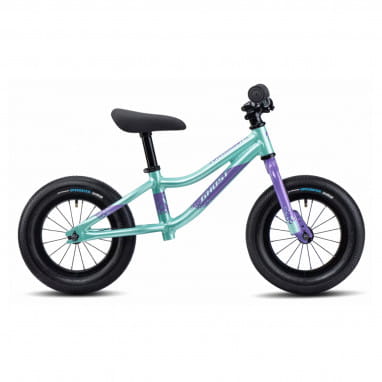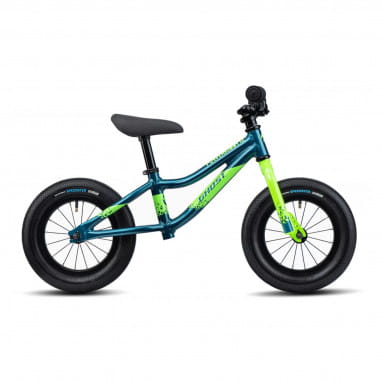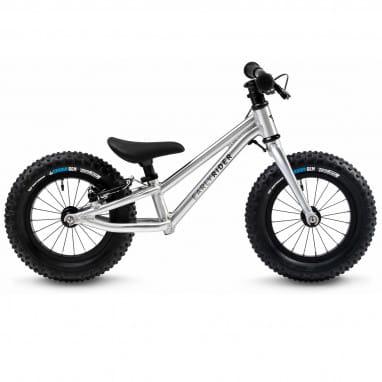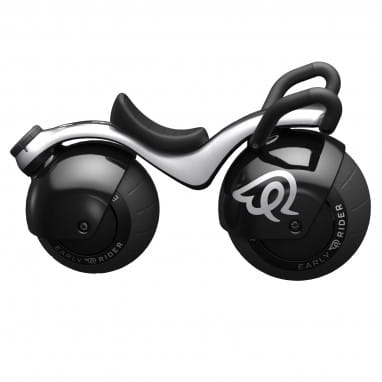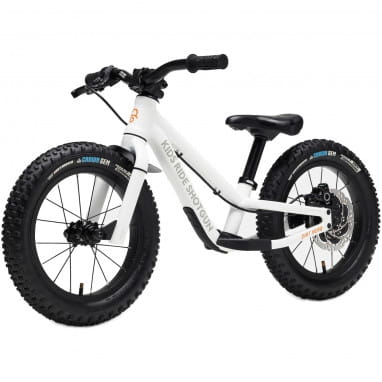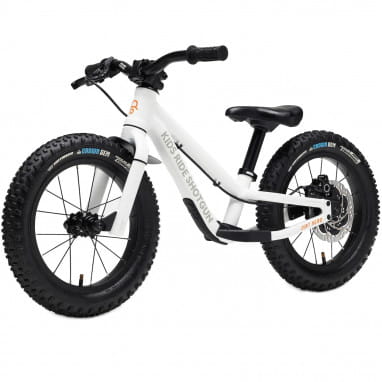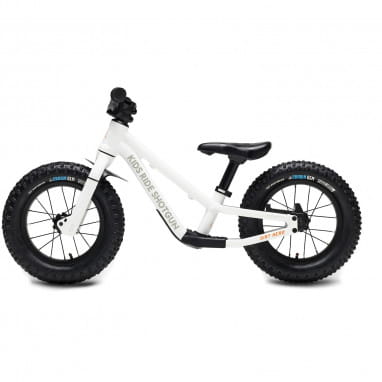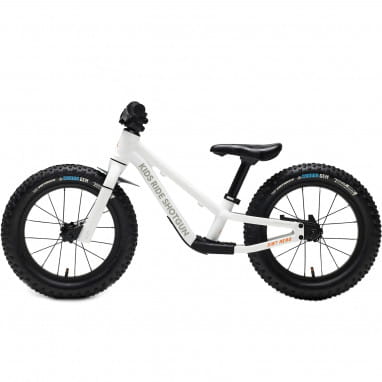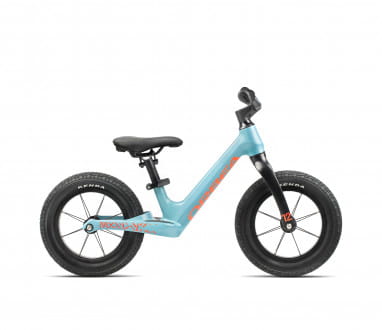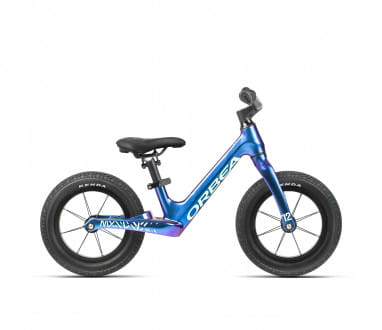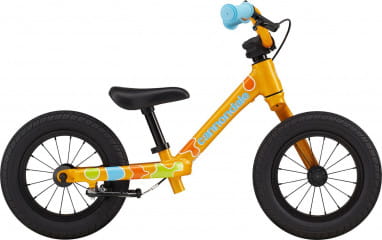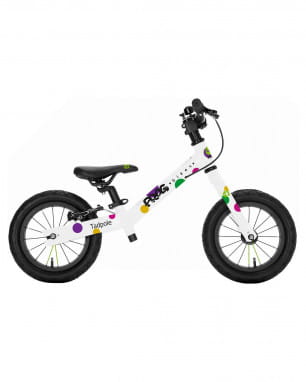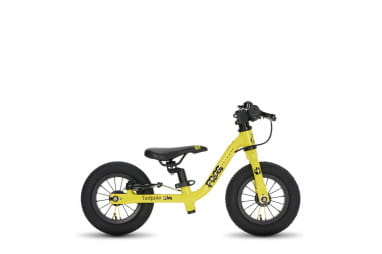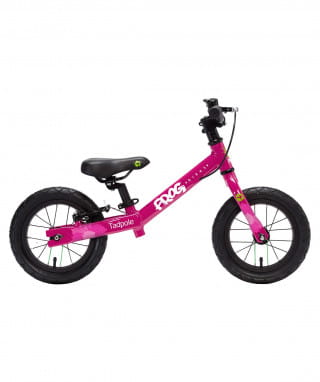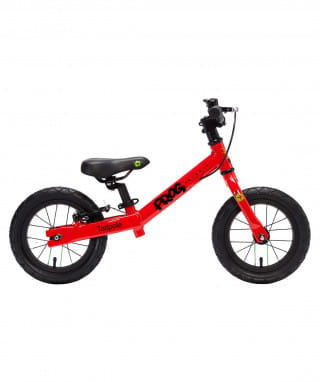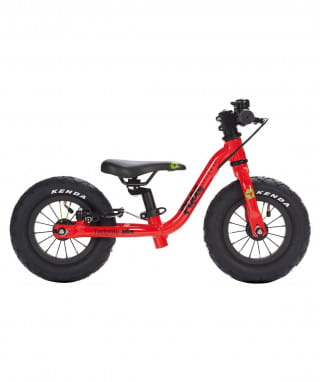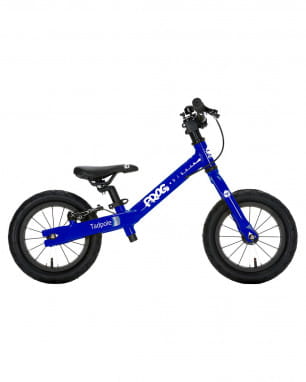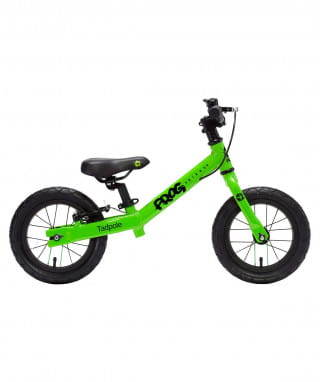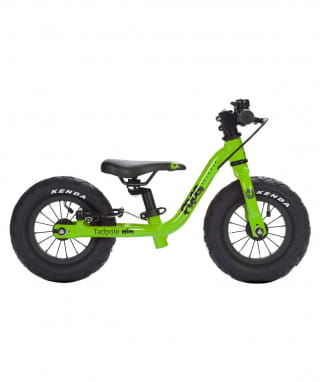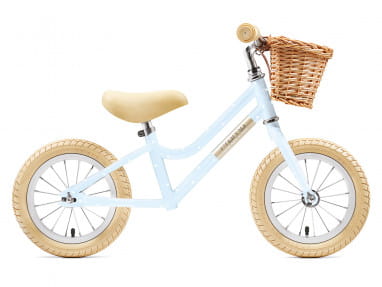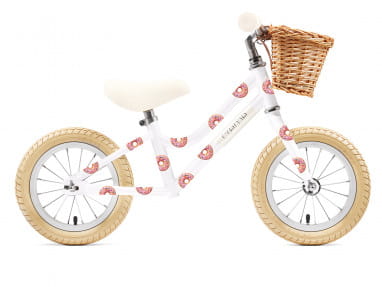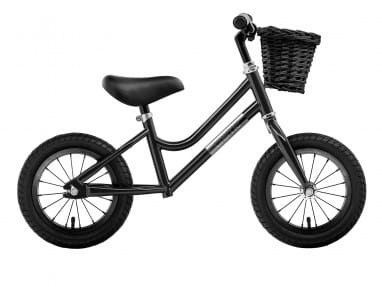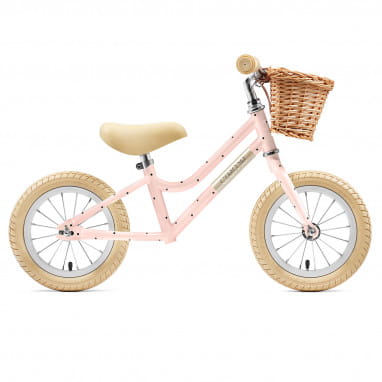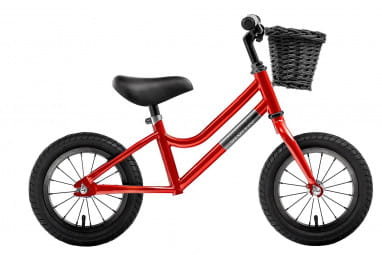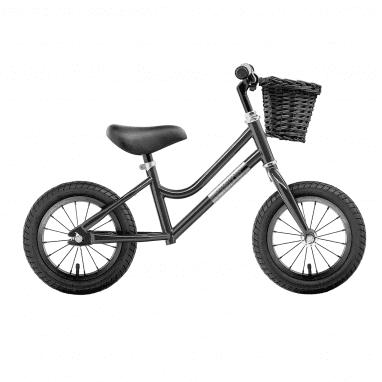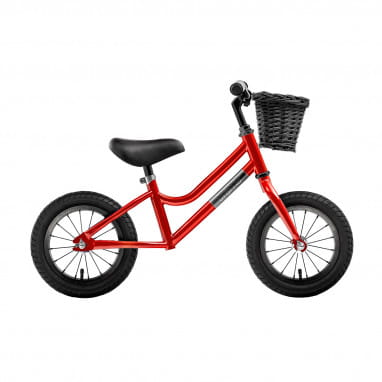Can your child already walk safely? Then it's time for an important milestone in their development! From the stroller, the little ones switch to their first own wheels, they turn their first laps with the running bike. Around kindergarten age, the children are big enough for a real bike, until this time, a running bike or also runner bike is huge fun!
.
Even if the gear is still a bit wobbly, toddlers ride around the apartment on a slide car or roll around the playground on a tricycle. But at some point, the time has come - riding yourself is the order of the day! When the term "running bike" is mentioned, there are two major product groups in the beautiful world of bicycles. On the one hand, there are the wheels, which every bicycle has, because a complete wheel with hub, spokes and rim is called a wheel, two of which are a wheel set. On the other hand, there are the wheels for toddlers, which are designed without a drive and are pushed with the feet on the ground. And it is these wheels for children that we are talking about here! To better distinguish them, they are often referred to as a "walker bike", even though they don't actually help kids learn to walk. Every now and then, you may also encounter the English terms "push bike" and "balance bike."
1. For what age are wheels with 10, 12 and 14 inches suitable?
Even with smaller children, we do not want to make an exact age statement, because they develop very differently. It's like walking or talking: Some are faster, others need a little more time. From when a child can ride a running bike can therefore not be answered in a general way. While one child is already perfectly capable of riding a wheel, another needs a few months more to get the balance and coordination right. And of course, not all children are the same size! Therefore, it is difficult to buy a running wheel according to age, "a running wheel for two-year-olds" or "the right running wheel for three-year-olds" therefore does not really exist.
There are wheels in different sizes, you can buy 10-inch wheels, but they also come in 12 inches and even in 14 inches. Therefore, you do not have to worry that you will miss the right time and your offspring will then be too big, on a 14-inch wheel children can ride until about the age of 5. By the way, the tire diameter is decisive for the size specification for wheels.
Much more important than age is also the physical development of the kiddies. They must be able to walk safely, coordination must be up to the tricky balancing act on two wheels. This is where you just have to watch your child closely. If it shows interest in wheels and is ensured that it can handle the weight of the wheel on the one hand and will also stop in time in case of doubt, the first driving attempts can start.
Therefore, it can be stated (approximately):
A smaller wheel with 10 inches is suitable for tots with about 2 years, a stride length from 30cm and a height from about 85cm.
A running wheel with 12 inches is suitable for children from about 2 1/2 years, an inside leg length from 34 cm and a height from 90cm.
A running wheel with 14-inch can be driven from about 3 to 5 years of age, it fits with an inner leg length of 45 cm up and from about 100cm height.
|
Impeller size
|
10 inch
|
12 inches
|
14 inches
|
|
Body size
|
from 85 cm
|
from 90 cm
|
from 100 cm
|
|
Step length
|
from about 30 cm
|
from about 34 cm
|
from about 45 cm
|
|
The age of the child
|
from about 1½ to 2 years
|
from about 2 to 2½ years
|
from about 4 years
|
2. things to know about the wheel
.
A running wheel, like a bicycle, has a frame and two wheels. In addition, there's a saddle and handlebars, but that's about it. Instead of using pedals to drive a crank, here you simply push with your feet. Some of these children's bikes have a hand brake, other manufacturers also do without it, then it is also braked with the feet.
A good running wheel for children should:
- be particularly lightweight
- be necessarily robustly processed, the frames are therefore made of aluminum or steel
- have a preferably deep entrance, so that the children can get on and off safely
- have a thick pad over the center of the handlebars, it protects the little nose from painful collisions
- have reinforced ends on the handles, they protect your child from injury and the handlebars from damage if the wheel falls over
- Bring a limitation of the steering angle it is an important safety precaution. It prevents children from accidentally "wrenching the handlebars", wedging the front wheel and causing a fall.
- Grows with the child, thanks to height-adjustable handlebar and saddle
- has a narrow saddle, which interferes less with the leg work
- can only be ridden with a helmet
- there are with and without a footboard in the middle
3. How to buy the right wheel
.
Interesting for the right size here is not so much the overall height, rather it depends on the stride length of the children. The little legs must be long enough for the child to stand in front of the saddle and leave some air between the child and the frame, but since running wheels usually have a deep entry, this is the case with most models anyway. In addition, they must be able to comfortably place both feet completely on the ground, only if this is ensured, they can also push their running bike, so the saddle height should fit the size of the child. You can find out how to measure step length in our blog.
Our tip: A smaller wheel has your offspring in doubt better under control than a too large!
Another important point that you should consider when buying is the weight of the wheel. More than about 5 kilos it should not bring on the scale, small, particularly light wheels weigh a little more than 3 kg. Since children do not yet have much physical strength, they would not be able to safely handle a heavier vehicle. You'll also be doing yourself a favor if you buy a running bike that's as light as possible. Most children start out in a good mood on a running bike and eventually prefer to walk or be driven in a stroller. You can then carry a lightweight running wheel or stow it in the stroller's luggage net.
Whether you buy a runner's bike with handbrake or without is a question of price, because if there is no brake system, the wheel is usually cheaper. And even if there are hand brakes, they are often not used, braking is still done with the feet. Larger wheels usually have brakes, then the children can practice braking by handbrake, but in an emergency use the feet to decelerate.
The smaller the child, the easier it usually is to buy a running bike! Manufacturer or brand, the equipment, the color and the optics, all this is often completely indifferent to the tots, they just want to discover the world on their running bike.
4. running wheels for girls and boys
Pink, purple or green and blue - of course there are already tiny running wheels in the typical girl look and also in boys design. But the nice thing is that most children at this age don't care what their wheel looks like, the main thing is that it's fun and it rides! You can then customize the running wheel later with a colorful printed bell or a pennant in the favorite color to the individual taste of boys or girls.
5.How to properly adjust a running wheel
.
On most running wheels, the saddle and handlebars can be adjusted. First, the height of the saddle is adjusted so that the children can comfortably place both feet on the ground, the legs must not be stretched through, they must remain slightly bent. Then the handlebars are adjusted. It must be good and comfortable to reach and you're ready to go!
6. baby walker bike - what else is there to consider
.
- On the running bike, the appropriate children's helmet is mandatory.
- Since children push with their feet and also brake with their feet - even if hand brakes are available - a pair of sturdy children's shoes with thick rubber caps should be worn over the toes, where the household blessing does not hang crookedly the same when they are eventually ripe for the garbage can.
- "Trail equipment", "City equipment" or even a suspension of the rear triangle, the manufacturers come up with quite a bit so that their wheels are up to date. What of it makes sense depends on where and how often the wheel is used. However, such a "special equipment" usually brings significantly more weight.
- It is recommended to practice right in the context of the first driving attempts the braking. Most children drive very successfully after the first attempts, but also really fast! If son or daughter can brake, they are much safer on the road.
- On a running bike, children should ride away from car traffic, also sidewalks with many pedestrians are rather a terrain for running bike professionals.
- Since a running bike does not participate in road traffic, lights and reflectors are not mandatory. But that doesn't mean kids don't like them! With a few reflectors to pin or stick on and simple battery lights, little ones are not only safer on the road in the dark season, they're mighty proud of them too!
- Wheels from 12 inches usually have pneumatic tires, smaller wheels are also available with solid tires
- Often the offspring athletes on the road then but the puff. Then mom or dad have to help and carry the wheel. Here, a shoulder strap has proven very useful. The Kiddy bikes weigh yes not much, you can shoulder them comfortably and carry home.
If a child can ride a running bike, it often only needs a few practice laps and it already whizzes away on a 12-inch children's bike or a 14-inch bike, you can also order them here in the online store. We carry children's bikes and running bikes from various manufacturers, there are great models for all boys and girls!
